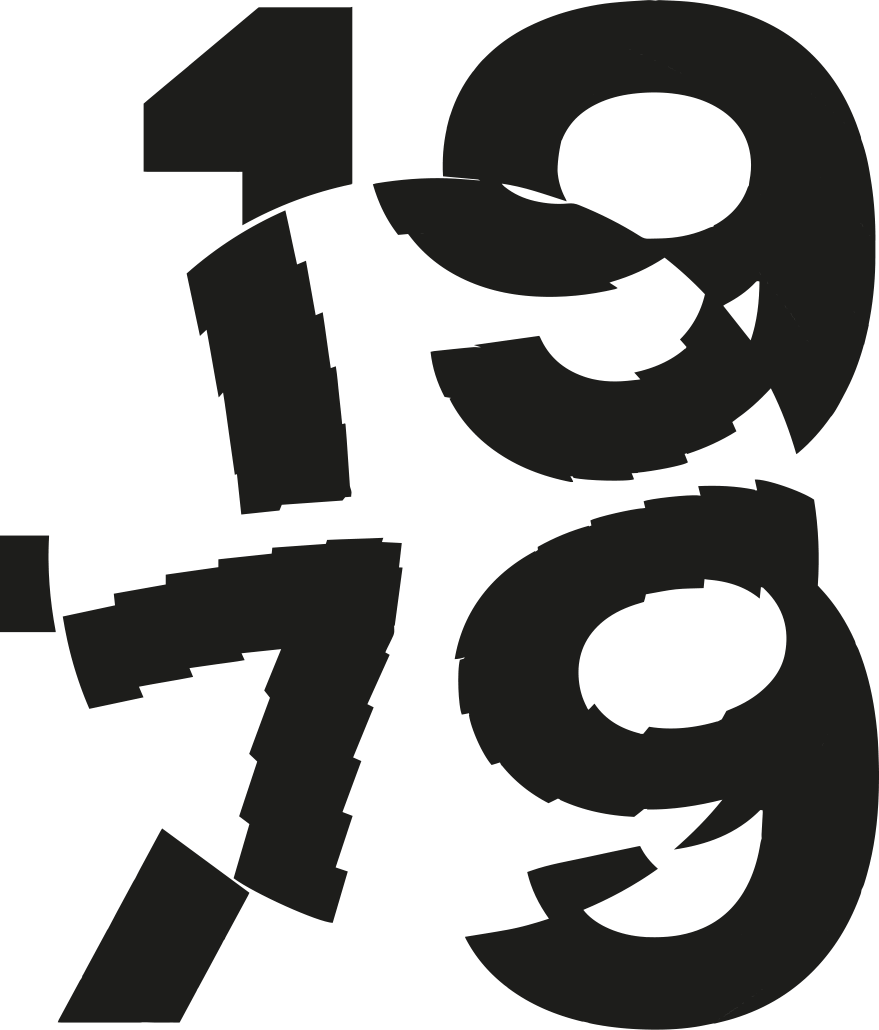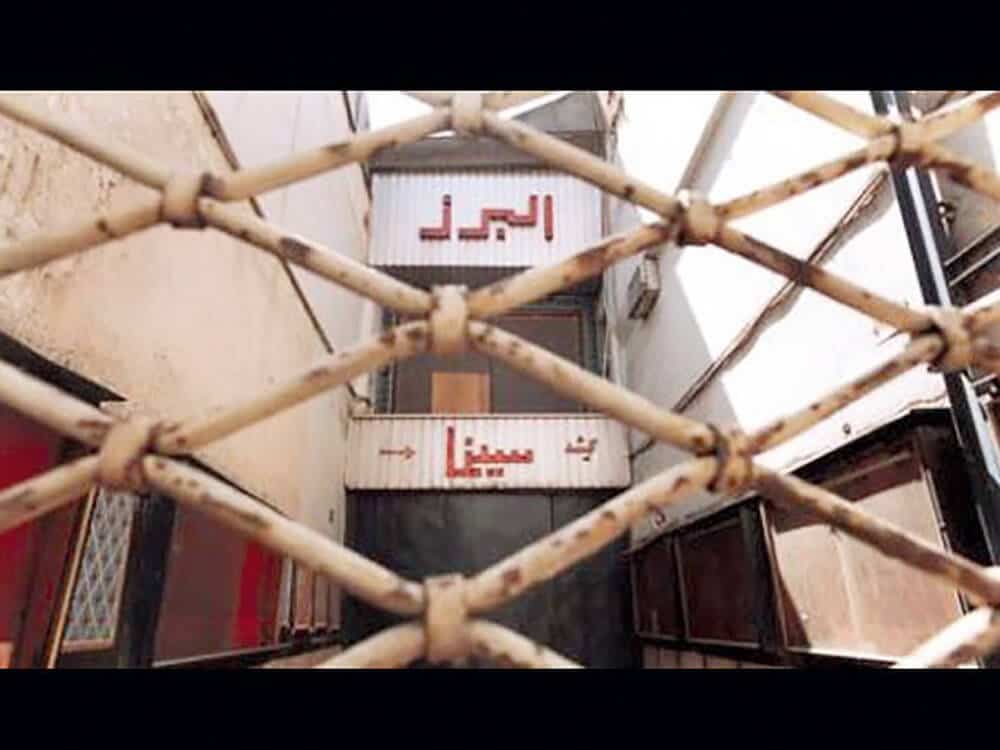Sunday, 1.12.2019, 18:00
Filmforum at Museum Ludwig
Documentary, IR 2006, 52 min. / 98 min.
Director: Nader Takmil Homayoun
With: Jafar Panahi, Bahman Ghobadi, Mohsen Makhmalbaf, Amir Naderi, Rakhshan Bani-Etemad, Bahram Beizai
With this Arte co-production, Homayoun undertakes an extremely exciting journey through the film history of Iran: important works and film authors also portray key social, political and historical developments of the country. Rarely shown film excerpts and numerous interviews with representatives of the Iranian “Nouvelle Vague” (“Mouje No”) impressively demonstrate how filmmakers under the Shah pushed for a fundamental renewal. The restructuring of Iranian cinema after 1979 brought about the international breakthrough, but also a new phase of censorship.
Followed by a discussion!

